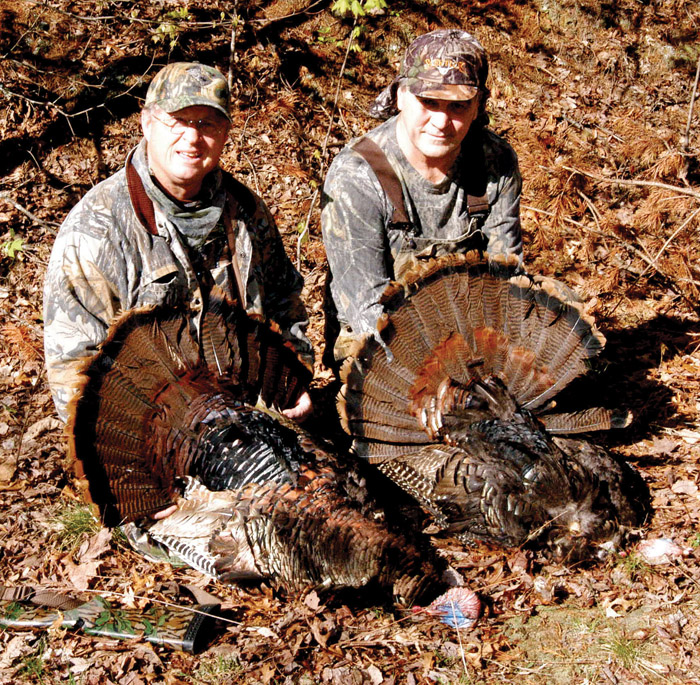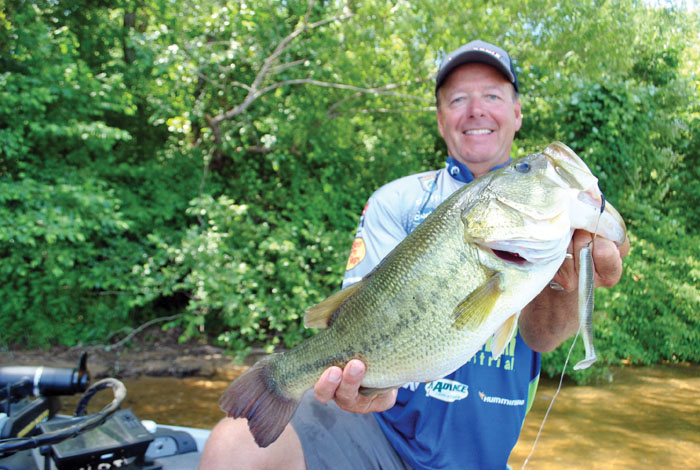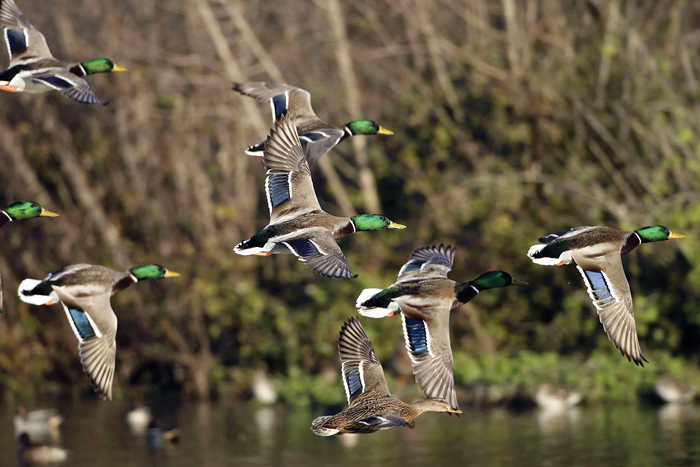Capt. Gus: The one that got away
Published 12:00 am Friday, April 29, 2011
Let me tell you about the one that got away.
Fishermen have always used that line to begin a fish tale of woe.
You’ve heard them many times and when you do, you know you’ll be subjected to another long story with a familiar ending.
The fact is that most anglers tell more tales about the ones that got away, than about the ones that didn’t. Not surprising.
The reason is because landing a big one isn’t always easy.
Large fish are faster, stronger and stay on the line longer than their smaller brothers and sisters. Trophy fish battle with such tenacity that the temperament of the angler and the strength of the tackle are both challenged to the breaking point.
Add to the fight, the surprise of seeing the fish and the excitement of landing it and it’s no wonder that so many get away. If you want to change your luck, heed the following tips from Capt. Gus.
Stay calm: Easier said than done, right? First and foremost, don’t be surprised when a big one hits.
Large fish live in the same water as small ones, there just aren’t as many of them. Again, try to stay calm, don’t panic and use the same techniques you have practiced successfully in the past to land other fish.
Tackle: Use balanced tackle; substantial enough to land a trophy, but not so heavy that it takes the fun out of catching an average size fish.
• Clean and lubricate rods and reels after each trip.
• Cut off any length of line that is nicked or chaffed. Replace line when it becomes opaque or when it gets low on the spool.
• Set the drag on the reel at 30 percent to 50 percent of the line’s breaking strength.
• Double check knots to assure that they will hold under stress.
• Replace hooks frequently.
Playing the fish: Keep a tight line, the rod tip up and the fish in front the fish in front of you.
If it begins to take line don’t panic, a properly set drag will allow the fish to pull line off the reel without breaking, while helping to wear it down. Stop reeling when the fish is a rod length away.
Then lead smoothly toward the person helping with the landing process. Should the fish decided to make another run, don’t jerk the rod to stop it, let the drag do its thing again before trying a second landing attempt.
Putting undue pressure on a big fish raises the chances of pulling the hook, breaking the line or getting it to the boat while it is still green.
A fish that isn’t completely spent will thrash and twist erratically in an attempt to get away at the last minute.
Tips from Capt. Gus
Cane pole fishing is still popular with crappie and bream fishermen. It’s a simple way to fish without tangling or back lashing lines.
Hot Spot of the Week
White perch and cat fishing is improving with warm water temperatures.
Cats are hitting fresh cut baits in coves and shallow points and perch are being taken in water from fifteen to thirty feet deep along the edges of creek channels. Beaver Dam and Davidson creeks are best bets for both species.
Bass fishing has been good all spring. Those fishing around docks and fallen trees are catching larger fish than on points and humps.
The surface water temperature varies by location, but is mainly in the sixties and lower 70s in open waters not affected by the power plants.
The water level is about 1.7 feet below full pond on Lake Norman and 3.3 feet below on Mountain Island Lake.
Capt. Gus Gustafson of Lake Norman Ventures, Inc. is an outdoor columnist and a full time Professional Fishing Guide on Lake Norman, NC. Visit his website www.Fishingwithgus.com or call 704-617-6812. For additional information, email him at Gus@lakenorman.com.




